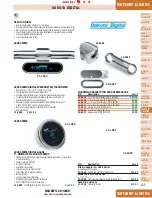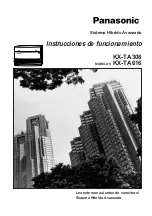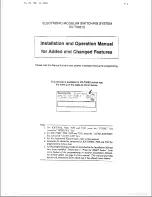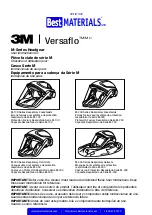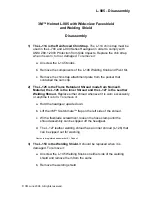
9
Gigaset N870 IP PRO / LUG IE-UK_IM en / A31008-XXXXX-XXXX-X-XX / intro.fm / 8/24/18
V
e
rsio
n 2,
06
.0
8.
201
0 / M
o
d
u
leV
e
rs
io
n 1.
0
Introduction
Wireless coverage
The selection of locations where the base stations are to be installed should guarantee optimum
wireless coverage and enable cost-effective wiring.
Optimum wireless coverage is achieved if the required reception quality is delivered at all points
of the wireless network. If costs need to be considered, this should be done with a minimum
number of DECT base stations.
To ensure an interference-free switch of call connections from one cell to another (handover),
there must be an area where good reception is ensured for both base stations. To achieve this,
a minimum quality for reception must be defined.
Signal transmission
The ideal signal transmission of a base station
is shaped like a ring, i.e., so that the registered
handsets can be the same distance away from
the base station in all directions without the
wireless signal being interrupted.
The range is actually influenced by a variety of
environmental conditions. For example, obstacles
such as walls or metal doors can impede the wireless
signals or interfere with their uniform transmission.
You should investigate the actual conditions that
the planned wireless network will be subjected
to by measuring the signal transmission of the
measuring base station at appropriate positions.
Wireless cell
Base station
Overlap

























